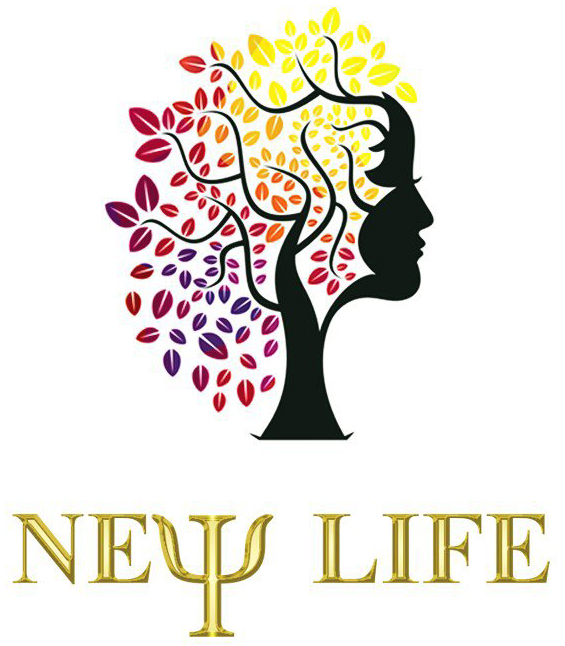In contemporary media, the concept of transformation—whether literal or metaphorical—serves as a powerful narrative device. It embodies hopes, fears, and societal aspirations, often wrapped in stories of personal growth or dramatic change. From fairy tales to blockbuster films, transformation captivates audiences by promising the possibility of renewal and escape. Yet, beneath this allure lies a persistent myth: that entertainment can facilitate genuine, lasting transformation. This article explores this myth, its roots, and how modern examples, such as the game Ms Robin Hood, illustrate its enduring appeal and illusory nature.
- Introduction: Debunking the Myth of Transformation in Modern Entertainment
- Historical Context: Evolution of Transformation Narratives in Media
- Theoretical Foundations: Understanding the Myth of Transformation
- Modern Entertainment and the Illusion of Transformation
- Case Study: Ms Robin Hood as a Reflection of the Myth
- Critical Analysis: Why the Myth Persists in Modern Media
- The Depth of Transformation: Beyond the Surface
- Implications for Consumers and Creators
- Conclusion: Reframing the Narrative—From Myth to Reality
Introduction: Debunking the Myth of Transformation in Modern Entertainment
Transformation in entertainment spans a broad spectrum—from literal changes like shape-shifting or body transformations to metaphorical shifts such as moral growth or societal progress. These narratives are compelling because they tap into deep-seated desires for change, hope, and escapism. For example, stories of characters evolving from despair to empowerment resonate with audiences seeking personal or collective upliftment.
The allure of transformation narratives is reinforced by their frequent portrayal as achievable through effort, magic, or fate. This creates a cultural expectation that change is imminent, accessible, and ultimately positive. Yet, this often oversimplifies complex processes of genuine transformation, which are rare and arduous. Instead, media frequently presents transformation as superficial or temporary—a façade of change masking underlying stability.
Historical Context: Evolution of Transformation Narratives in Media
From Classic Fairy Tales to Modern Storytelling
Historically, transformation stories have roots in fairy tales and mythologies—think of tales like The Ugly Duckling or Beauty and the Beast. These stories often feature characters who undergo physical or moral change, symbolizing hope and societal values. Over time, modern storytelling has adapted these themes, emphasizing psychological and social transformations rather than solely physical ones.
Post-2016 Escapism and Its Influence
Recent global upheavals, especially since 2016, have intensified audiences’ desire for escapism. Entertainment has responded by emphasizing worlds and characters that promise transformation without real-world consequences—fantasy settings, game environments, and narratives of personal salvation. This shift reflects a societal craving for hope, even if superficial, amid uncertainty.
Economic and Sociopolitical Factors
Economic conditions and political climates influence media narratives. During times of instability, stories often focus on individual heroism or societal renewal, reinforcing myths of transformation as achievable and necessary for progress. These narratives can serve as comforting illusions that justify existing systems or inspire hope for change.
Theoretical Foundations: Understanding the Myth of Transformation
Psychological Perspectives
Psychologically, transformation symbolizes hope and the desire for control. Carl Jung viewed such stories as archetypal symbols of individuation—an inner journey toward wholeness. Media narratives reinforce this by depicting characters overcoming adversity, suggesting that change is possible through effort or magic, providing comfort and motivation to audiences.
Cultural Expectations
Societies develop myths around progress—believing that through effort, individuals and nations can evolve. These myths underpin stories of self-improvement, technological advancement, and social justice. Entertainment often reflects these cultural expectations, promoting the idea that change is inevitable and within reach.
Media’s Role in Reinforcing or Challenging Myths
Media can either reinforce these myths by depicting transformation as effortless or challenge them by showing complex, non-linear change. For example, dystopian narratives often critique superficial transformations, highlighting the difficulty of genuine change, whereas popular entertainment tends to favor simplified, rewarding narratives.
Modern Entertainment and the Illusion of Transformation
Superficiality of Change
Many modern media portray characters who appear to undergo significant change but retain their core identities. This superficial change often manifests as cosmetic modifications—clothing, appearance, or minor personality tweaks—while fundamental traits remain intact. This reflects a tendency to package transformation as quick and effortless.
Game Mechanics and Design
Game design principles further illustrate this illusion. For instance, settings like twilight or limited-duration features often last only 20 minutes but are extended indefinitely through design mechanics, creating an illusion of progress without real change. These techniques keep players engaged but reinforce the idea that change is superficial and temporary.
Minimal Investments as Gateways to Larger Losses
In gambling or microtransaction models, minimal bets—sometimes as low as €0.10—serve as a gateway for larger losses or commitments. This mirrors the illusion of transformation: small, manageable steps lead to significant, often negative, outcomes. It emphasizes how superficial change can mask deeper, less desirable realities.
Case Study: Ms Robin Hood as a Reflection of the Myth
Overview of Ms Robin Hood’s Narrative and Mechanics
Ms Robin Hood exemplifies a modern form of entertainment that plays with the idea of transformation. The game’s narrative revolves around a Robin Hood-inspired heroine, promising adventure, justice, and personal empowerment. Its mechanics often involve visual or thematic changes—such as evolving symbols or bonus rounds—that suggest transformation.
Illusion of Transformation in Gameplay
While players may experience temporary boosts or changes within the game, the core mechanics and payout structures remain static over long periods. This reflects that superficial modifications—like visual effects or temporary bonuses—mask a fundamentally unchanging core, reinforcing the myth that transformation leads to lasting change.
Escapism and Societal Myths
Ms Robin Hood serves as a modern illustration of how entertainment perpetuates the myth of transformation. It offers escapism, encouraging players to believe in the possibility of change or reward through superficial engagement—mirroring societal myths about self-improvement and progress. Such games foster a sense of hope, even if the underlying structure remains unchanged.
Critical Analysis: Why the Myth Persists in Modern Media
Psychological Comfort
Believing that change is attainable through entertainment provides psychological comfort. It fosters optimism and a sense of agency, even if these are illusory. This comfort sustains engagement with superficial transformation narratives, making them enduring cultural staples.
Commercial Incentives
Media producers and game developers capitalize on the allure of transformation. Marketing transformation as a core appeal drives sales, engagement, and monetization. The myth of change thus becomes a tool for economic gain, reinforcing its persistence.
Cultural Reinforcement
Societies continually reinforce myths about progress—be it technological, personal, or societal. Entertainment reflects and amplifies these myths, shaping expectations and perceptions about the possibility of transformation.
The Depth of Transformation: Beyond the Surface
Superficial Change vs. Genuine Transformation
Real transformation involves deep, often non-linear change—psychologically, socially, or physically. Lessons from game design and storytelling illustrate that superficial modifications—visual effects, temporary boosts—are often mistaken for authentic change. Recognizing this distinction is crucial for critical media consumption.
Fostering Critical Media Engagement
Consumers should be aware of how narratives craft illusions of transformation. Critical engagement involves questioning whether depicted change is sustainable or merely superficial, empowering audiences to seek deeper, more meaningful stories.
Media Challenging the Myth
Examples include films like Requiem for a Dream or literature that depict the painful realities of genuine change, contrasting with superficial narratives. These works promote awareness that authentic transformation requires effort, patience, and often, acceptance of setbacks.
Implications for Consumers and Creators
Critical Engagement Strategies
Audiences should develop media literacy skills—questioning the depth of change portrayed, examining underlying motives, and recognizing superficial tactics. This promotes healthier consumption habits and realistic expectations.
Responsible Storytelling
Content creators have a responsibility to depict genuine transformation, balancing entertainment with authenticity. Responsible storytelling fosters trust and encourages viewers to pursue real change in their lives.
Ethical Considerations
Utilizing the myth of transformation for commercial gain raises ethical questions. Exploiting hopes for superficial benefit can perpetuate illusions and hinder genuine progress—both personal and societal. Transparency and integrity are essential.
Reframing the Narrative—From Myth to Reality
The widespread belief that entertainment facilitates authentic transformation is a compelling but ultimately flawed myth. While stories of change inspire and entertain, they often serve as superficial illusions rather than catalysts for real progress. Recognizing this distinction is vital for fostering a more critical and informed media consumption culture.
By understanding the mechanisms behind these narratives and questioning their depth, consumers and creators alike can contribute to a cultural shift—valuing genuine transformation over illusory portrayals. As media evolves, promoting stories that reflect authentic change can inspire real-world progress, moving beyond the myth that superficial modifications are sufficient for lasting growth.



